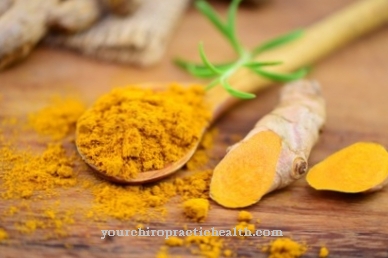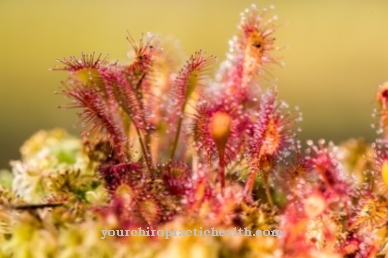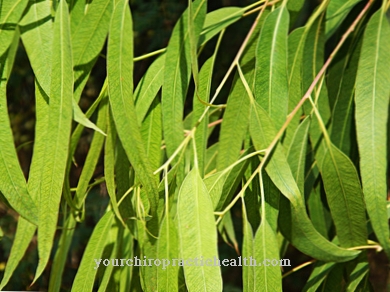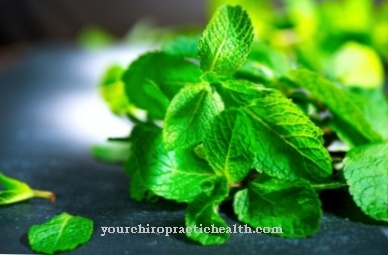soy is one of the oldest cultivated and useful plants in the world. It belongs to the family of grain legumes, i.e. the legumes. This is why their fruit is also known as the soy "bean".
Occurrence and cultivation of soy

They are available in different color variations from yellow to green, purple, brown or black to speckled. The annual grows similar to our French beans Soy plant preferably in warm and humid locations at 24 to 34 ° C.
The origin of the white or delicate purple flowering plant lies in China, where it was cultivated 5,000 years ago. From here it spread to Japan and Southeast Asia.
Today soy is grown almost all over the world. The USA is currently the largest producer, but the bean is now also cultivated in Europe. The acreage is growing rapidly everywhere and the demand is steadily increasing.
Application & use
There are more than 1,000 varieties soy, however, the yellow soybean is used almost exclusively for the production of food. The other types are processed into fodder or used for technical applications (e.g. as biodiesel, in the cosmetics industry or for color production).
Since it is a very robust plant that can also cope with poor soil, it is particularly suitable for organic cultivation. Nevertheless, around 80 percent of the world's harvest is already made with genetically modified soy, which is said to be resistant to herbicides (chemical weed control agents).
In 1996, it was approved as the first genetically modified food in Europe and can be sold as food or cattle feed.
Soy has always been an integral part of the diet in Asia. It is consumed there daily in various forms of preparation and, due to its high protein content, is an alternative to meat. Outside of Asia, this “meat of the field” is particularly valued by vegetarians and vegans because it ensures the protein supply. There are now a large number of soy products that are available in organic shops, health food stores, but also in every supermarket. Tofu, soy milk, yoghurt or quark, miso (seasoning paste, e.g.for making soups), but also flakes, sprouts, noodles or the soybean itself.
Soy-based oil and margarine as well as sausage, pastries and desserts are also available. The products can either be consumed directly or are used like the “animal” alternative. Since soy tends to have a neutral taste, it can be rediscovered again and again through different preparation methods and spices.
Significance for health, treatment & prevention
Also for non-vegetarians soy Because of its high-quality and broad nutrient profile, it is a healthy and wholesome addition to the diet. Virtually no other plant is as nutritious as soy. Therefore it also has a very high health value. High protein and fiber content, secondary plant substances (including isoflavones), monounsaturated and polyunsaturated fatty acids (including linoleic acid and alpha-linolenic acid) as well as B-group vitamins, vitamin E and numerous [[minerals] make the plant extremely valuable.
Since soy contains neither gluten nor lactose, it is ideal for people with corresponding intolerances. It's also cholesterol-free and low in carbohydrates. Overall, it can be called one of the healthiest foods around. The German Nutrition Society (DGE) therefore recommends soy as a useful part of a plant-based diet. However, soy also has allergenic potential, so it can trigger an allergy.
The extent to which soy has a direct positive effect on certain diseases has not yet been conclusively researched. Due to its phytoestrogenic (hormone-like) effects, it is recommended for menopausal symptoms. Probably also because Japanese women hardly suffer from menopausal symptoms and this is attributed to the consumption of plenty of soy. The reason can also lie in the general plant-based diet and lifestyle. It is also controversial whether soy can protect against osteoporosis.
Since a diet with less meat and other animal products is indicated both from a health point of view and with a view to sustainability, soy can make a valuable contribution here. In any case, the bean is an absolute star among the legumes in terms of nutritional content.
























.jpg)



